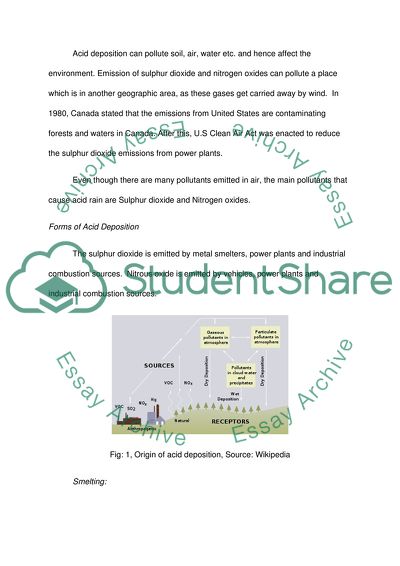Cite this document
(Acid Deposition on Forest Case Study Example | Topics and Well Written Essays - 1750 words, n.d.)
Acid Deposition on Forest Case Study Example | Topics and Well Written Essays - 1750 words. https://studentshare.org/environmental-studies/1746087-acid-deposition-on-forest
Acid Deposition on Forest Case Study Example | Topics and Well Written Essays - 1750 words. https://studentshare.org/environmental-studies/1746087-acid-deposition-on-forest
(Acid Deposition on Forest Case Study Example | Topics and Well Written Essays - 1750 Words)
Acid Deposition on Forest Case Study Example | Topics and Well Written Essays - 1750 Words. https://studentshare.org/environmental-studies/1746087-acid-deposition-on-forest.
Acid Deposition on Forest Case Study Example | Topics and Well Written Essays - 1750 Words. https://studentshare.org/environmental-studies/1746087-acid-deposition-on-forest.
“Acid Deposition on Forest Case Study Example | Topics and Well Written Essays - 1750 Words”. https://studentshare.org/environmental-studies/1746087-acid-deposition-on-forest.


